Johnny fussed in the bedroom, and Laura quickly pinned her braids, tied on her apron, and said, ‘Let me fix the potatoes while you dress him.
—These Happy Golden Years
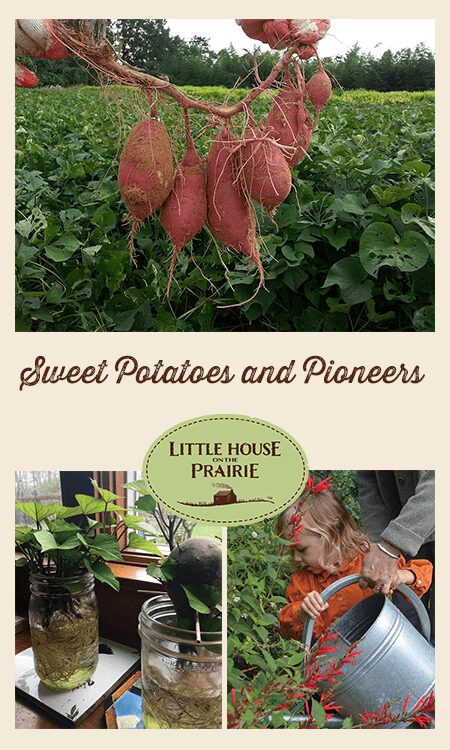
In a land that first appeared empty, the prairie bestiary in Indian Territory was so rich that Charles Ingalls saw a land of plenty. There were deer, rabbits, and beavers, minks and muskrats, wolves and foxes. He could hunt and trade the furs, turning pelts into plowshares, if you will, as well as into seeds and little luxuries for his family. When he traded his furs in Independence, Pa came home with seeds for the homestead garden — wheat, corn, turnip, carrot, onion, cabbage, pea, bean, the infamous watermelon, plus, for himself, tobacco. He also brought seed potatoes.
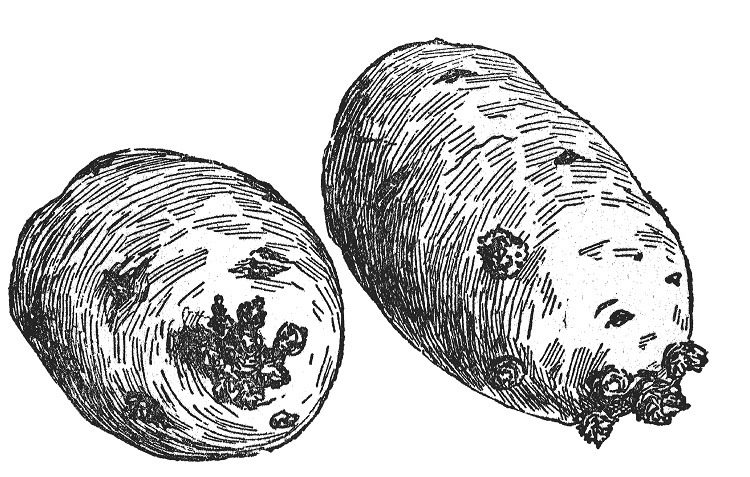
Images taken from The World of Laura Ingalls Wilder© Copyright 2017 by Marta McDowell. Published by Timber Press, Portland, Oregon. Used by permission of the publisher. All rights reserved.
It’s likely that Charles Ingalls would have “chit” his seed potatoes, placing them upright in a bright window where they wouldn’t freeze to encourage their green shoots to get a head start a few weeks before planting. While he did that, Ma would also get an early start on the season, sowing her cabbage seeds in wooden flats indoors.
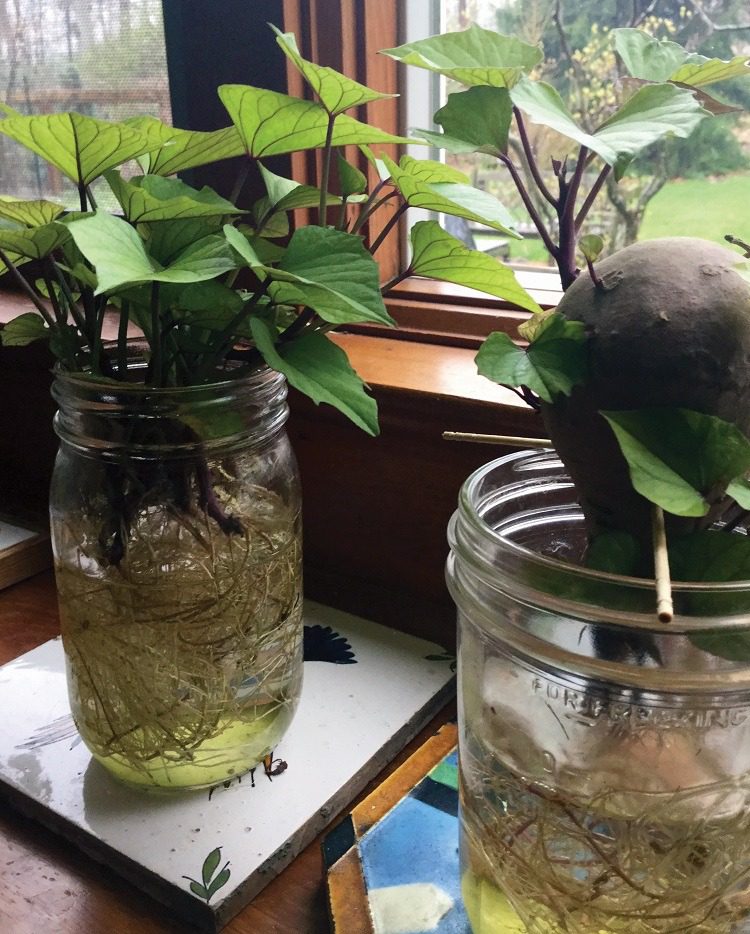
Images taken from The World of Laura Ingalls Wilder© Copyright 2017 by Marta McDowell. Published by Timber Press, Portland, Oregon. Used by permission of the publisher. All rights reserved.
In the many gardens of varying locales that Laura Ingalls Wilder described through the years, the sweet potato appears only on the farm in Little House on the Prairie. Sweet potatoes are a warm-weather crop and are linked in the book to the energetic Mr. Edwards, that “wildcat,” whose Tennessee home state remains a center for fine sweet potatoes. In the story, it was Edwards who, crossing the flooded creek to assist Santa Claus, delivered gifts for the girls’ stockings and nine sweet potatoes to go along with the Christmas turkey. Seventy-five pages later, we learn that his sweet potatoes were the gift that kept on giving. Ma held one of the sweet potatoes back and planted it for the next year’s garden.
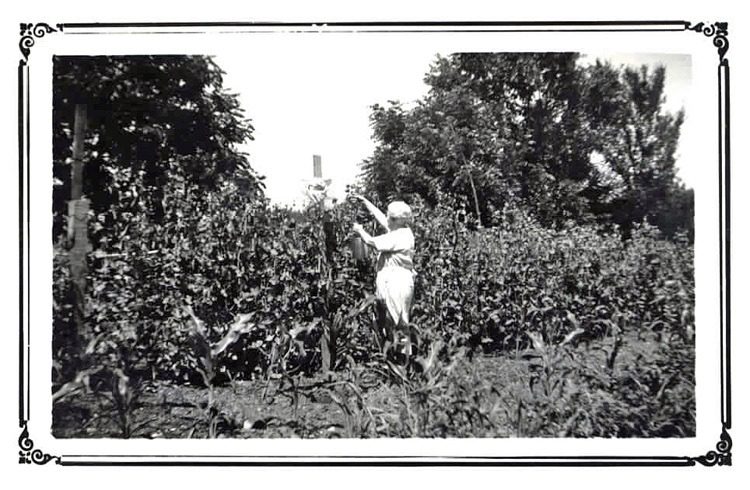
Photo of Laura Ingalls Wilder. Credit: courtesy of the Herbert Hoover Presidential Library
The sweet potato is a tuberous root. It doesn’t have eyes per se, but give it some moisture and green shoots will pop out from growth points around the bulbous mass. Caroline Ingalls could have easily propagated her held-back holiday sweet potato into a substantial field of vines for the following summer. She would have set the root end of her sweet potato in moist soil or water and been rewarded with sturdy shoots. When the shoots had strong stems and leaves, she would have popped these slips from the mother plant and planted each one to develop roots of its own. Each healthy slip could produce up to ten pounds of sweet potatoes. A miracle of multiplication.
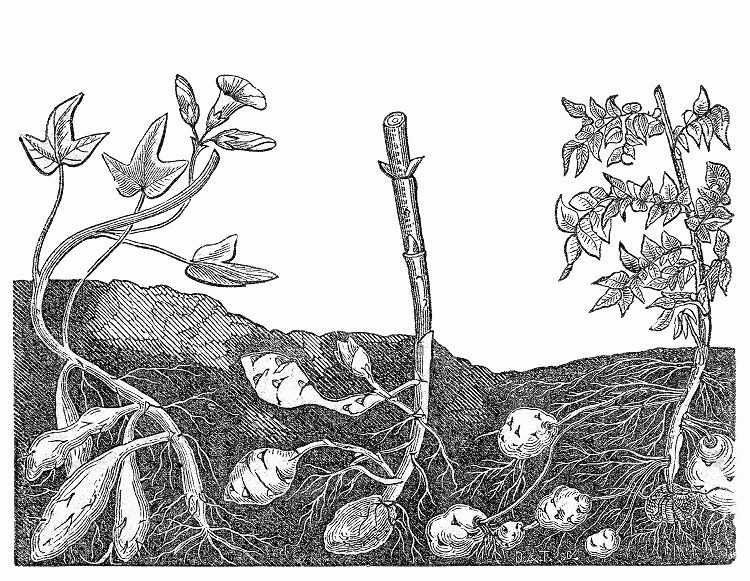
Images taken from The World of Laura Ingalls Wilder© Copyright 2017 by Marta McDowell. Published by Timber Press, Portland, Oregon. Used by permission of the publisher. All rights reserved.
We can learn from Laura. Garden with a child, even if you need to borrow one. Children find every acorn of interest and think pulling a radish out of the ground the most exciting thing ever. Plant extra flowers so that they can always pick a few stems and make pretty hair wreaths. Or propagate a sweet potato, just as Ma did.
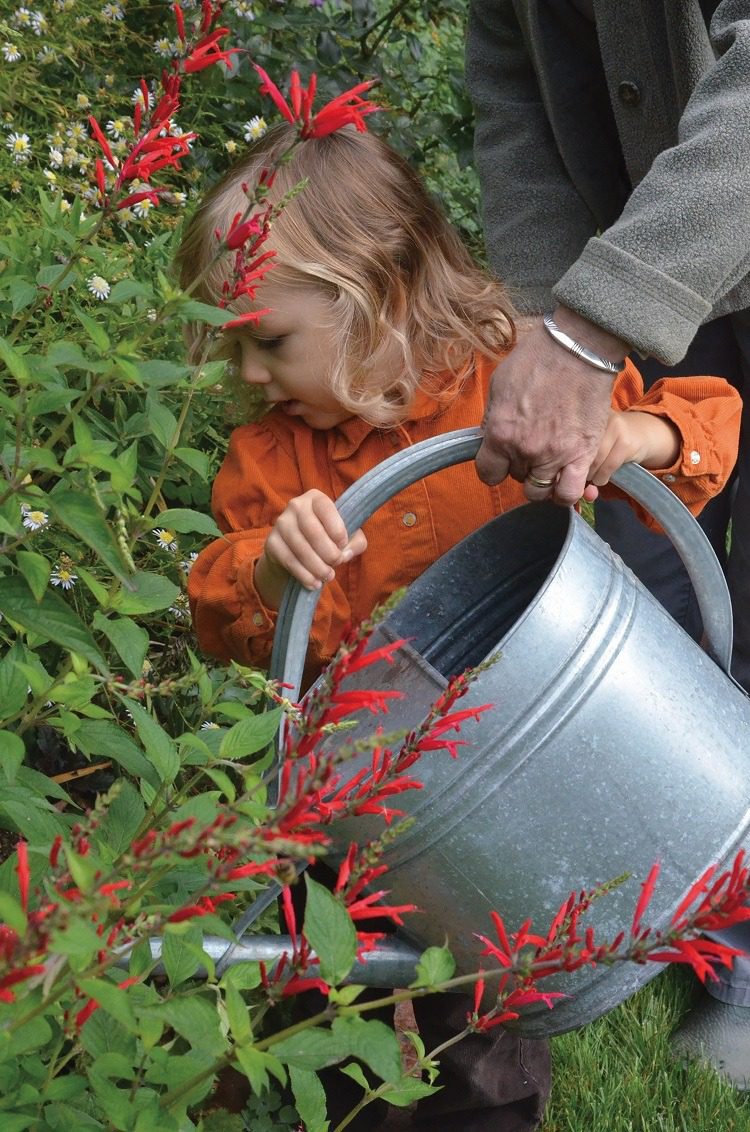
credit: Lisa Mastronardi
Wilder’s books inspire many plant-related projects for children and former children. Last winter I started more sweet potato slips in pint jars in my sunny kitchen window. As I write this, they are growing gangbusters in our vegetable patch. When the days shorten, I will go out to dig them with the help of my granddaughter, in hopes of a good harvest.
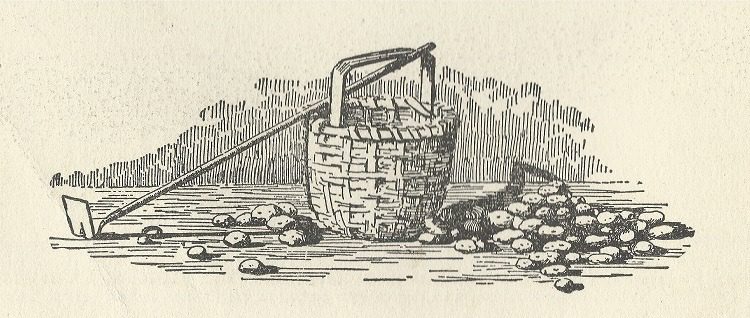
Images taken from The World of Laura Ingalls Wilder© Copyright 2017 by Marta McDowell. Published by Timber Press, Portland, Oregon. Used by permission of the publisher. All rights reserved.
Most gardeners remember a garden of their youth, a place and often a person that sparked a lifelong pursuit of plants and the world outdoors. Perhaps for some child, that spark could be your garden and you.
Marta McDowell lives, gardens, and writes in Chatham, New Jersey. She writes and lectures on gardening topics and teaches landscape history and horticulture at the New York Botanical Garden, where she studied landscape design. Her interest is in authors and their gardens, the connection between the pen and the trowel.
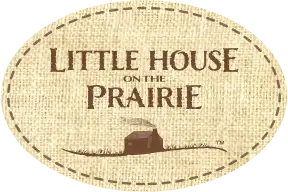
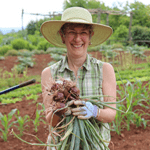
Thanks for all this great information about potatoes. I remember a passage in one of the LHOP books where the author describes the outer portion under the skin as being the most nutritious part.
I am very happy to be able to watch the Little House series on COZI TV here in Lubbock Texas!! It is on at 9 am and from 4 pm to 6 pm!! Brings back so many happy childhood memories for me!! The show takes me back many years!!
Lovely website! Even as a Grammy, I still enjoy Little House books and t.v.